Croatia
Photos
19 Photos
Per Page:
Filter Categories
All
Filters
This view features the Dalmatian coastline of Croatia around the city of Split. Much of the region can be characterized by northwest-southeast oriented linear islands and embayments of the Adriatic Sea. This distinctive coastal geomorphology is the result of faulting caused by tectonic activity in the region and sea level rise. Photo courtesy of NASA.
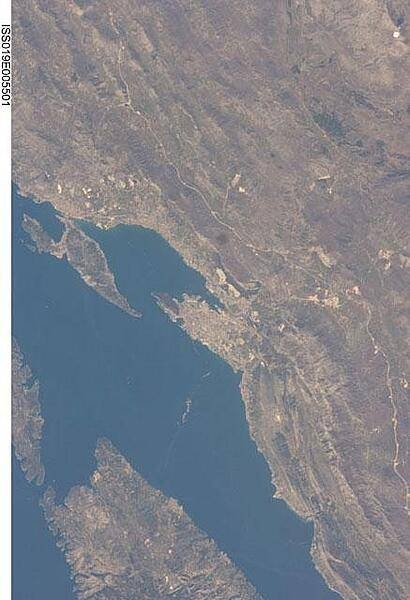
Close up of waterfalls in Plitvice Lakes National Park. The park is the largest and most popular of the eight national parks in Croatia and consists of 16 lakes linked but separated by natural dams.
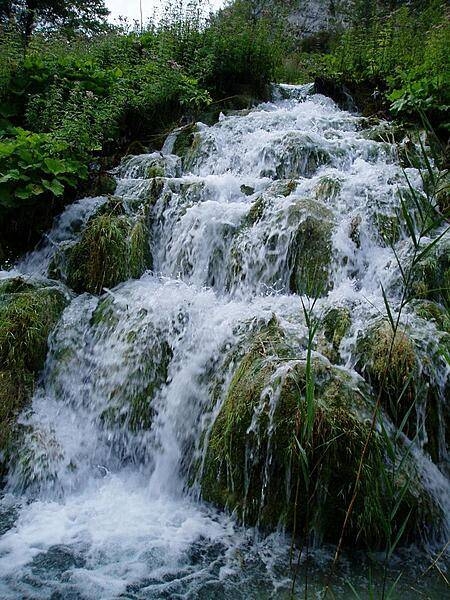
A view in Plitvice Lakes National Park looking down into the gorge where the largest waterfalls in the park - draining from one lake to the next - are located. The park has been added to the UNESCO World Heritage Register.
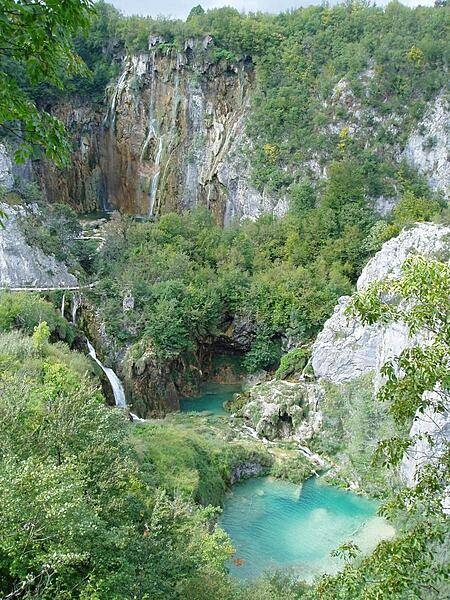
Statue of King Tomislav in his eponymous square in Zagreb. Tomislav reigned from 910 to 928, first as the Duke of Dalmatia and then as the first King of Croatia.

The beautiful port city of Dubrovnik on the Adriatic Sea. During the Middle Ages this maritime city-state (then called Ragusa) rivaled Venice for supremacy in the Adriatic. Walking along the crest of the massive walls that encircle most of Dubrovnik is an exhilarating, breathtaking experience. In 1979, the city became a UNESCO World Heritage Site.
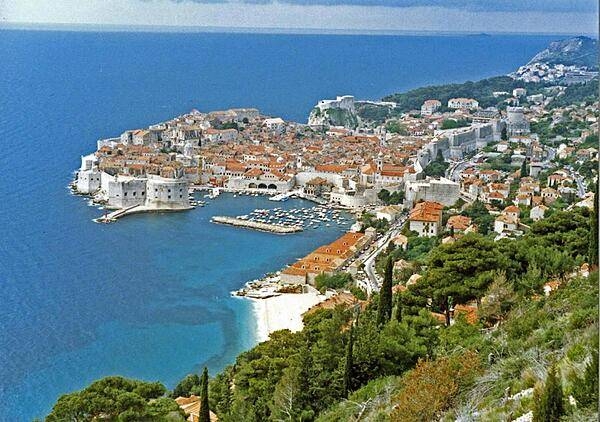
A cathedral within the city walls of Dubrovnik.
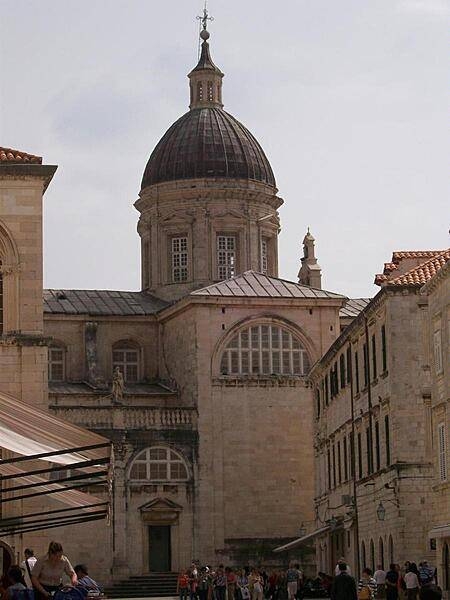
Dubrovnik harbor from outside of the city.
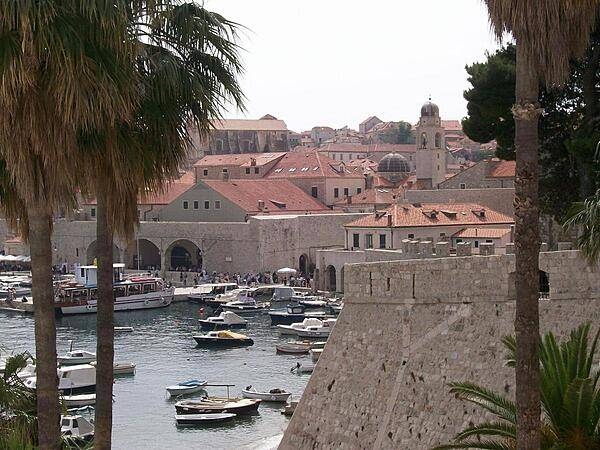
The inner harbor of Dubrovnik.
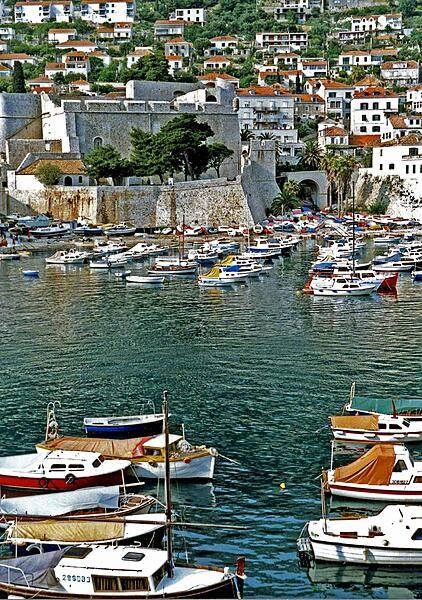
From a cliff overview, one can see the enormous walls and large harbor of old Dubrovnik.
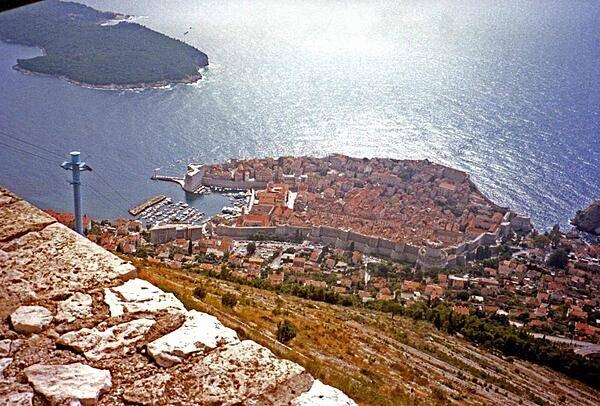
Stradun, the main street of Dubrovnik.

Outside the walls of historic Trogir. The town's 2,300 years of continuous urban tradition (Greek, Roman, Venetian, Habsburg) have left a fascinating and unique concentration of palaces, churches, towers, and fortifications. In 1997, Trogir was inscribed onto the UNESCO list of World Heritage Sites.
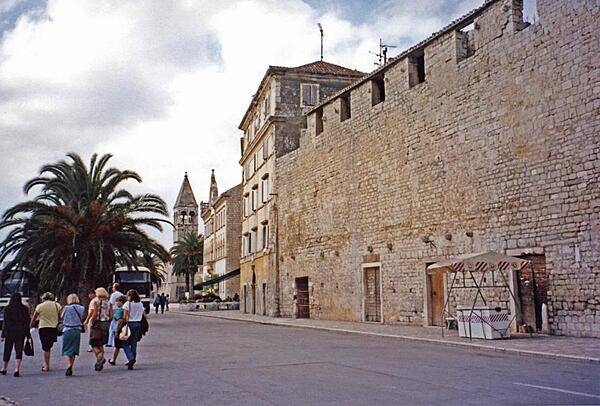
The Palace of the Slavonian General Command in Osijek is the former headquarters building for the Slavonian Military Frontier (part of the Habsburg Military Frontier guarding the border with Ottoman Empire). Constructed between 1724 and 1726, it is a synthesis of Renaissance and Baroque styles. Built on the orders of Prince Eugene of Savoy, it was the seat of the General Command between 1736 and 1786. From 1736 to 1745, it was also the administrative seat for the Kingdom of Slavonia. Today it serves as the office of the rector for the University of Osijek. Located on the northern side of the Holy Trinity square in Tvrđa, it is one of the symbols of Osijek and Croatia and is featured on the reverse of the Croatian 200-kuna banknote.
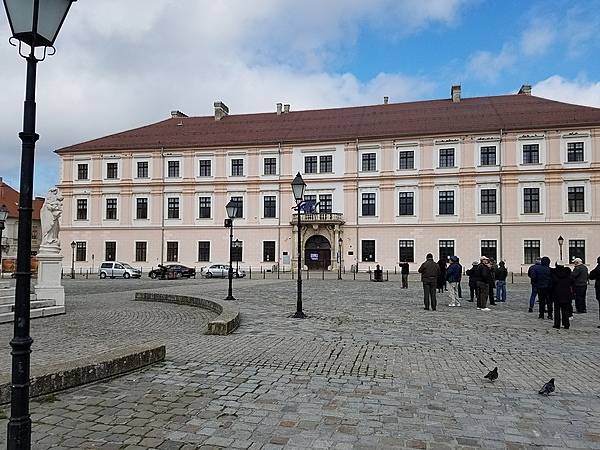
Page 01 of 02